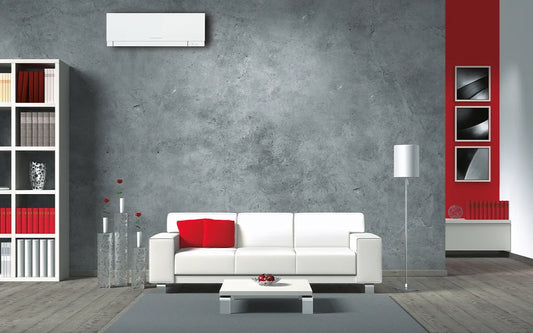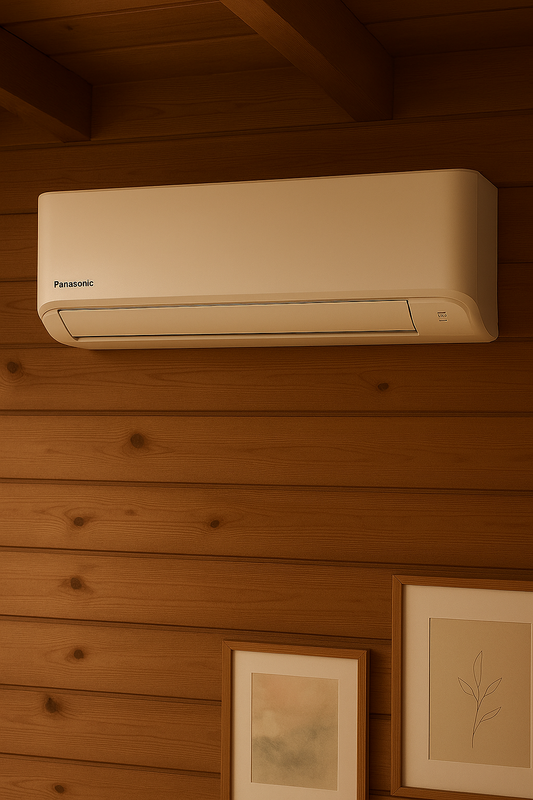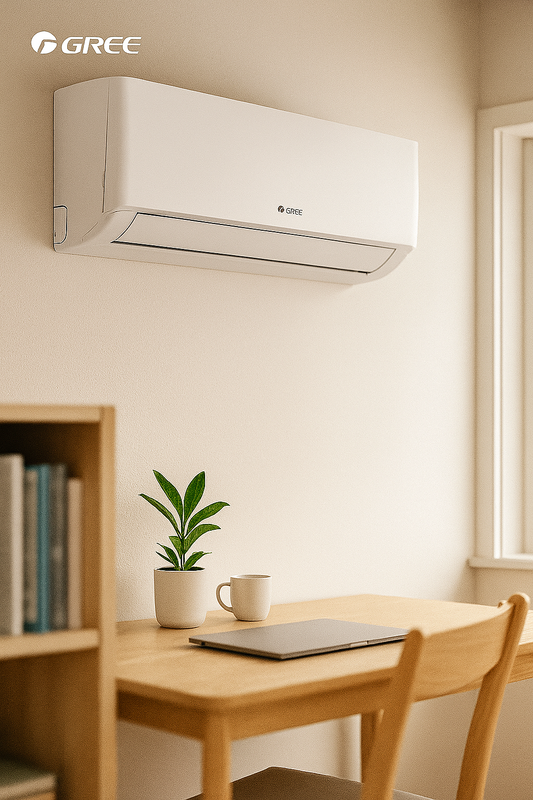Installation av poolvärmepump
Att installera en poolvärmepump är en effektiv metod för att hålla poolvattnet vid en behaglig temperatur under hela badsäsongen. I denna artikel kommer vi att gå igenom processen för att installera en poolvärmepump samt dess fördelar och användningsområden.
1. Definition och bakgrund
En poolvärmepump är en apparat som använder sig av värmeenergi från omgivningen för att värma upp poolvattnet. Genom att dra nytta av solenergi eller luftvärme kan en poolvärmepump effektivt och miljövänligt hålla en jämn och behaglig temperatur i poolen.
2. Fördelar och användningsområden
En av de främsta fördelarna med en poolvärmepump är dess energieffektivitet. Genom att använda befintlig värmeenergi från omgivningen minskar man behovet av traditionell uppvärmning, vilket resulterar i lägre energikostnader. Dessutom kan en poolvärmepump användas under stora delar av året, vilket förlänger badsäsongen avsevärt.
Poolvärmepumpar är också miljövänliga alternativ till exempelvis gas- eller oljebaserade uppvärmningssystem. De är också relativt underhållsfria och har en lång livslängd, vilket gör dem till en kostnadseffektiv lösning på lång sikt.
3. Relaterade tekniker, begrepp eller variationer
En alternativ metod för att värma poolvatten är genom solfångare. Dessa enheter använder solenergi direkt för att värma vatten genom solfångare och kan vara ett komplement eller alternativ till poolvärmepumpar beroende på klimat och behov.
4. Vanliga frågor (FAQ)
-
Hur lång tid tar det att installera en poolvärmepump?
Installationsprocessen varierar beroende på modell och poolens egenskaper, men vanligtvis kan en professionell installation ta några timmar till en dag.
-
Kräver en poolvärmepump regelbunden service?
Ja, regelbunden service och underhåll rekommenderas för att säkerställa optimal prestanda och lång livslängd.
-
Vilken typ av pool passar bäst för en poolvärmepump?
Poolvärmepumpar kan användas i de flesta pooltyper, inklusive ovanmarkspooler, nedgrävda pooler och spabad.
5. Sammanfattning
Installation av en poolvärmepump är en effektiv metod för att hålla poolvattnet vid en behaglig temperatur under badsäsongen. Genom att dra nytta av omgivande värmeenergi erbjuder poolvärmepumpar energieffektivitet, låga driftskostnader och en förlängd badsäsong, vilket gör dem till en attraktiv lösning för poolägare.
6. Installation Process
The installation process of a pool heat pump involves several key steps. Firstly, the location for the pump needs to be selected, considering factors such as sun exposure, airflow, and proximity to the pool. Then, the pump needs to be connected to the pool's filtration system and electrical supply. It's crucial to follow the manufacturer's guidelines and, in many cases, it's advisable to hire a professional for the installation to ensure proper setup and warranty coverage.
7. Energy Efficiency
Pool heat pumps are renowned for their energy efficiency. By harnessing ambient heat from the surroundings, they can generate a substantial amount of heat for the pool water with minimal electricity consumption. This results in significant cost savings compared to traditional heating methods, particularly in regions with moderate climates.
8. Extended Swimming Season
One of the most notable advantages of a pool heat pump is the extension of the swimming season. By maintaining the water at a comfortable temperature, even during cooler months, pool owners can enjoy their investment for a longer period, maximizing its utility and enjoyment.
9. Environmental Impact
Compared to fossil fuel-based heating systems, pool heat pumps offer a greener alternative. They produce minimal greenhouse gas emissions and operate using renewable energy sources, making them an eco-friendly choice for environmentally conscious pool owners.
10. Cost Considerations
While pool heat pumps may have a higher initial investment than some other heating options, their long-term cost-effectiveness is a compelling factor. The energy savings and extended lifespan often offset the initial purchase and installation expenses, making them a financially advantageous choice in the long run.
11. Maintenance Tips
Regular maintenance is essential to ensure the optimal performance and longevity of a pool heat pump. This includes cleaning the filters, inspecting electrical connections, and scheduling professional servicing as recommended by the manufacturer. By adhering to a maintenance routine, pool owners can maximize the efficiency and lifespan of their heat pump.
12. Conclusion
Pool heat pumps offer a compelling solution for maintaining a comfortable water temperature throughout the swimming season. With their energy efficiency, extended usability, and environmental benefits, they present an attractive choice for pool owners seeking a reliable and cost-effective heating solution.
13. Comparison with Gas and Electric Heaters
When comparing pool heat pumps with gas and electric heaters, several factors come into play. Gas heaters are known for their rapid heating capabilities, making them suitable for quickly raising the pool temperature, but they often come with higher operational costs. Electric heaters, on the other hand, are efficient but can be expensive to run, especially for larger pools. Pool heat pumps strike a balance by offering energy-efficient heating with lower operating expenses, making them a favorable choice for many pool owners.
14. Weather Considerations
The performance of pool heat pumps can be influenced by weather conditions. While they are effective in moderate to warm climates, their efficiency may decrease in colder regions. However, advancements in heat pump technology have resulted in models that can operate efficiently even in cooler temperatures, expanding their applicability to a broader range of geographical locations.
15. Sizing and Capacity
Choosing the right-sized pool heat pump is crucial for optimal performance. Factors such as the pool size, desired temperature, and climate all play a role in determining the appropriate capacity. Oversized pumps can lead to frequent cycling and reduced efficiency, while undersized ones may struggle to maintain the desired temperature. Consulting with a professional to select the right pump size based on specific requirements is advisable.
16. Integration with Smart Pool Technology
With the rise of smart home technology, pool heat pumps can now be integrated with smart pool systems for enhanced control and energy management. This integration allows for remote monitoring, temperature adjustments, and energy usage tracking, providing convenience and potential additional energy savings for pool owners.
17. Regulatory Compliance and Permits
Before installing a pool heat pump, it's essential to check local regulations and obtain any necessary permits. Compliance with safety and environmental standards ensures a safe and legal installation. Additionally, understanding warranty requirements and any implications on coverage due to non-compliance is important for long-term peace of mind.
18. Professional Installation Benefits
While some pool owners may consider DIY installation, opting for professional installation offers several benefits. Certified technicians possess the expertise to assess the best location, ensure proper electrical connections, and validate warranty coverage. Their experience and knowledge contribute to a seamless and reliable installation process.
19. Warranty Coverage and Service Contracts
Pool heat pumps typically come with warranty coverage, which may vary based on the manufacturer and model. Understanding the terms of the warranty, including any requirements for professional installation and regular maintenance, is crucial. Additionally, considering service contracts for ongoing maintenance can provide added assurance of the heat pump's performance and longevity.
20. User Satisfaction and Reviews
Exploring user experiences and reviews of different pool heat pump models can offer valuable insights into their performance, reliability, and customer satisfaction. Learning from the experiences of other pool owners can aid in making an informed decision when selecting a pool heat pump for a specific pool setup and climate.
21. Noise Levels and Considerations
When choosing a pool heat pump, considering the noise levels is important, especially for residential settings. Some models are designed with noise-reducing features to minimize operational sound, ensuring a peaceful pool environment. Understanding the decibel ratings and selecting a pump with suitable noise levels can contribute to a more enjoyable pool experience.
22. Compatibility with Pool Covers
For pool owners utilizing covers for heat retention and debris protection, ensuring compatibility with pool heat pumps is essential. Some pump models are designed to work seamlessly with pool covers, allowing for efficient heating while the pool remains covered, optimizing energy usage and maintaining water cleanliness.
23. Remote Operation and Control
Advanced pool heat pump models offer remote operation and control capabilities, allowing pool owners to conveniently adjust settings and monitor performance from their smart devices. This feature provides flexibility and ease of use, enabling efficient energy management and temperature regulation from any location.
24. Seasonal Maintenance Checklist
Developing a seasonal maintenance checklist for pool heat pumps can aid in preserving their functionality and efficiency. Tasks such as inspecting and clearing the surrounding area, checking electrical connections, and verifying refrigerant levels contribute to the longevity and optimal performance of the pump throughout changing seasons.
25. Solar Compatibility and Hybrid Systems
Exploring the integration of solar compatibility with pool heat pumps presents an opportunity for hybrid heating systems. By combining solar heating with a heat pump, pool owners can maximize energy savings and environmental benefits, leveraging both renewable energy sources for efficient and sustainable pool heating.
26. Heat Pump Lifespan and Replacement Considerations
Understanding the typical lifespan of pool heat pumps and factors that influence their longevity is essential for long-term planning. Monitoring performance indicators, such as heating efficiency and energy consumption, can guide decisions regarding potential replacement or upgrades to newer, more efficient models as technology advances.
27. Environmental Impact Assessment
Conducting an environmental impact assessment of pool heat pump installation and operation allows pool owners to quantify their carbon footprint reduction and energy conservation. This evaluation provides valuable data for environmental sustainability initiatives and demonstrates the positive contribution of utilizing eco-friendly heating solutions.
28. Heat Pump Placement and Aesthetics
Considering the visual impact and integration of pool heat pumps within the outdoor space is important for maintaining aesthetic appeal. Strategic placement and options for camouflage or enclosure can enhance the overall visual harmony of the pool area while ensuring the efficient functioning of the heat pump.
29. Weatherproofing and Durability
Ensuring the weatherproofing and durability of pool heat pumps is crucial for withstanding outdoor elements and varying climatic conditions. Features such as corrosion-resistant coatings, protective enclosures, and durable construction contribute to the longevity and performance of the pump, minimizing maintenance and potential weather-related damage.
30. Energy Rebates and Incentive Programs
Exploring available energy rebates and incentive programs for installing energy-efficient pool heat pumps can provide financial benefits and support sustainable choices. Understanding eligibility criteria and application processes for rebates and incentives from local or national authorities contributes to cost-effective investment in pool heating solutions.



